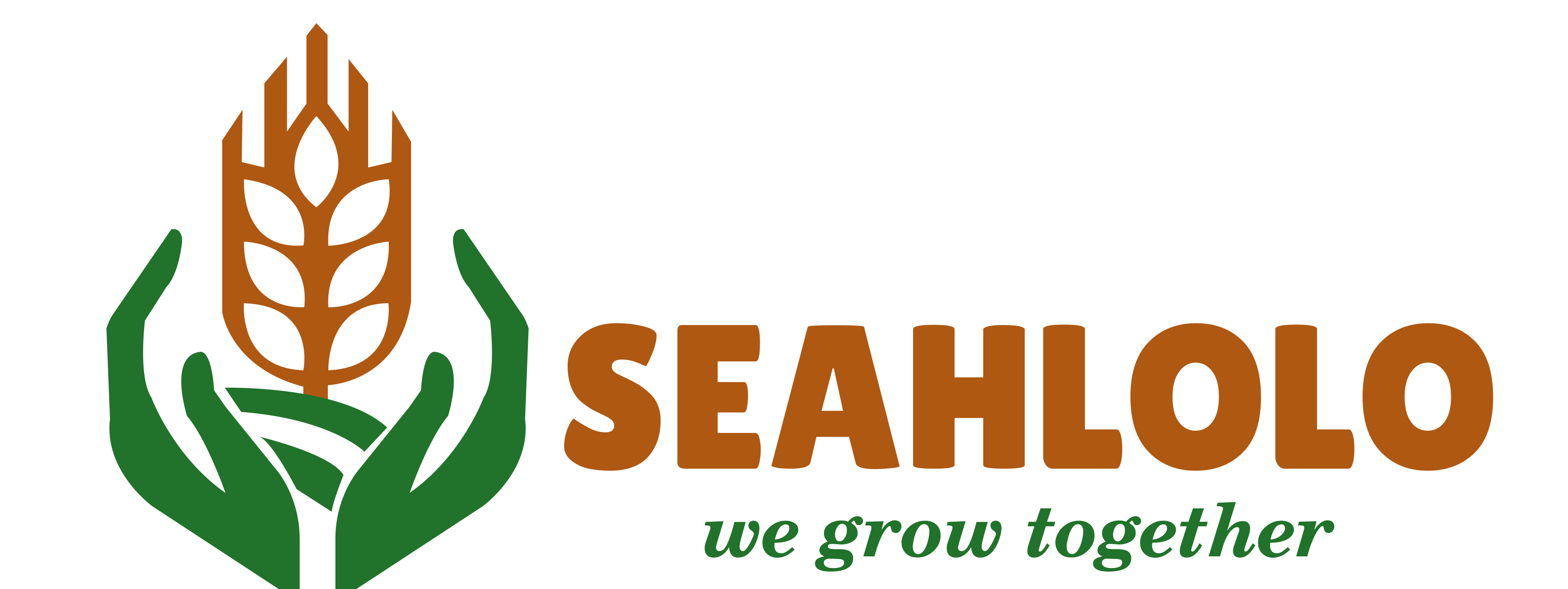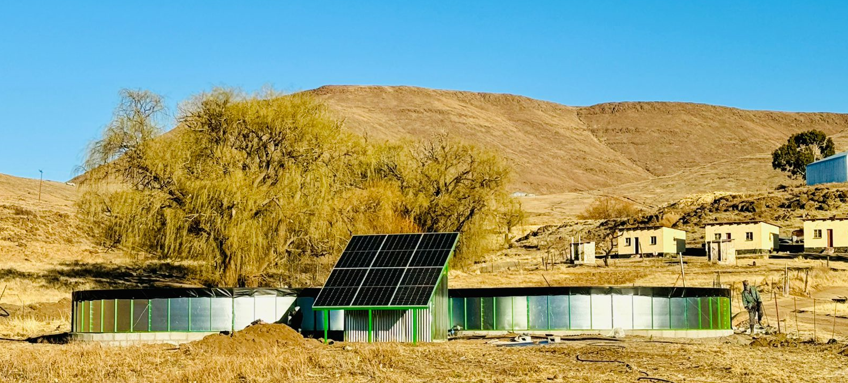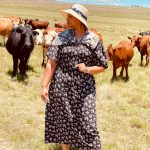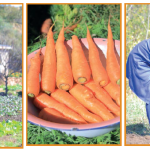![]()
Lesotho formally accepted the World Trade Organization’s (WTO) Agreement on Fisheries Subsidies on May 20, 2025 making it the 99th WTO member to deposit its acceptance of the agreement.
While Lesotho is a landlocked country with no marine fisheries, it recognises the importance of the agreement in addressing harmful subsidies and supporting global efforts to ensure the sustainable use of shared natural resources.
The country however, does have a shared resource—the Senqu River.
This river is part of the Orange-Senqu River system, flowing through Lesotho and South Africa, and forming part of a larger basin that includes Botswana and Namibia. Specifically, the Senqu River originates in Lesotho and is known as the Orange River once it crosses into South Africa.
Our neighbouring countries have capitalised on this river for fish farming purposes, and Lesotho could do the same to expand its aquaculture industry.
An engineer by profession, Bakoena Pheko, is a fish tank and recirculating aquaculture systems producer who believes the current momentum shows promising growth for fish farming.
“I took a personal mission to research how South Africa is optimising the Orange-Senqu River for agricultural purposes, primarily for irrigation and aquaculture. I realised early in my career that the Southern African Development Community (SADC) region is deficient in modern agricultural technology yet water is an asset we’re rich in and could help extensively in solving the unemployment crisis we are witnessing at the moment,” Pheko said.
He is among individuals leading the call to reimagine farming through technology and believes Lesotho’s abundance of water offers a key opportunity to scale aquaculture.
“We have plenty of water therefore, we should be in the game of fishery and aquaculture massively,” he noted.
Motivated by the full use of water resources, Pheko maintains a proposal to the Ministry of Agriculture, Food Security and Nutrition to establish an aquaculture centre in the lowlands is long overdue.
“Building an aquaculture breeding centre is neither sophisticated nor complex. It will help cut the costs of importing fingerlings, which are expensive, especially when coupled with high feeding costs,” he explained.
Catching up to this vision is the National University of Lesotho through the NUL Farm, which is expanding its facilities.
From an initial three to now nine ponds, the farm aims to eventually host ten ponds to accommodate the growing research interest in fish farming.
Farm manager Mahlaha Mahlaha shared, “We started bringing in fingerlings in November last year and already have a postgraduate student specialising in fish breeding.”
On the ground, trailblasers are carving out opportunities in Lesotho’s young but promising aquaculture sector.
A sector historically pioneered by the Lesotho Highlands Development Authority (LHDA), it is now being advanced by ambitious individuals like Khaolo Ramarumo, a medium-scale fish farmer from Thaba-Tseka.
Ramarumo, who began as a fisherman, is working towards obtaining an Environmental Impact Assessment (EIA) license to grow fish in Mohale Dam.
“The fish industry is at a growing stage, and it’s quite easy to get into. But for a farmer to scale to large production, they must be disciplined and qualify for funding from programmes like SEBABATSO, UNDP, and SADP. Based on my experience, the country is catching up and now funding fish farming projects,” he explained.
He added, “So long as a farmer is willing to invest time and money into their farm, they will see growth. I began in 2019, registered my business in 2020, and I am now a medium-scale farmer on my way to becoming a large-scale farmer.”
Ramarumo believes Lesotho has the water capacity to feed itself and export fish. With Mohale and Katse dams, supplemented by the Senqu River, he argues the country can attain fish self-sufficiency.
The EIA’s core mandate is to establish standards, guidelines, and compliance mechanisms for environmentally sustainable development. The division ensures that future developments align with socioeconomic and environmental sustainability goals and evaluates project compliance before approvals are granted. These safeguards have laid the groundwork for regulated aquaculture, protecting against overfishing, pollution, and the introduction of invasive species.
Pheko emphasises that modern aquaculture must be part of an integrated food system. One model he champions is aquaponics, a combination of aquaculture and hydroponics.
“In aquaponics, fish waste becomes a natural fertilizer for crops, making it a circular and sustainable model,” he explained.
He highlights that agricultural engineering must focus on innovation.
Aquaponics, as a food production system, couples the raising of aquatic animals (such as fish, crayfish, or prawns) with cultivating plants in water. This method was implemented by St. James Primary School under Nalane Foundation and is one of the few examples of fully capitalised aquaculture.
According to Pheko, it integrates structures that benefit both fish growing and the horticulture industry.
“Fish farming is the easiest way to tap into our natural resources on both natural and commercial scales. There is an untapped potential. While Katse Dam is currently utilised by two companies, none of them are Basotho-owned. In mountainous locations with cold climates and less arable land, aquaculture is the simplest way to practice sustainable agriculture.”
He continues, “What aquaculture needs is not sophisticated infrastructure but deliberate implementation and government willpower. Looking at the ponds I build monthly, I see enough willingness on the ground. Basotho are intelligent and adapt quickly, so government must give this sector attention, validate existing work, raise public awareness, and share information.”
The Ministry of Agriculture, Food Security and Nutrition is also catching up with this momentum, according to Mankeane Mofoti, Principal Livestock Development Officer for Fisheries and Aquaculture, a new aquaculture policy will be finalised by August 2025.
Following a stakeholder consultation workshop held on April 7, Mofoti explained the policy aims to protect aquatic life and address the information gap in aquaculture.
“Through this policy, farmers will feel safe in their pursuits, knowing there is a legal support for their operations. We intend to spread this message to the grassroots of aquaculture so that farmers know exactly what they are doing.”
She further stated that the policy will reform the outdated 1951 Proclamation (No. 45) on Freshwater Fish—a colonial-era document that remains Lesotho’s legal framework for freshwater fisheries.
“This policy reform will regulate fisheries and aquaculture, upscale current interest in fish farming, and attract investors. It will lead to an implementation strategy and a new bill to ensure sustainable production and increase indigenous species for commercial purposes,” she said.
Among the challenges highlighted by the draft policy are weak governance, inadequate trainings, infrastructure deficits, limited financing, land tenure constraints, aquatic animal health issues and an underdeveloped value chain.
The policy proposes clear pathways for overcoming these challenges, including prioritising governance, sustainable production, market access, decent work and gender equality, research and development, climate-smart agriculture, and financing models.
Its objective is to support the development of 4,000 market-led and incentivised aquaculture businesses through various financing opportunities by 2030.
Speaking as a representative of the private sector during the stakeholder engagement, Khaolo Ramarumo expressed optimism about the policy.
“There is a critical need for labs that undertake aquaculture research, and this policy will ease the establishment of such facilities.”
Ramarumo has mentored over 30 fish farmers and says the hunger for information is evident on the ground. “The policy will help close the information gap and empower farmers to scale confidently,” he adds.
Lesotho’s aquaculture industry is clearly at a turning point. From university-led research and grassroots innovations to policy developments and environmental safeguards, the sector is being built brick by brick. With sustained government support, informed policies, and committed pioneers like Pheko and Ramarumo, aquaculture could become a vital pillar in Lesotho’s agricultural and economic future.
What remains now is the will to act—boldly, inclusively, and sustainably. The waters are ready. The fish are waiting. And for the people of Lesotho, the tide might finally be turning.




